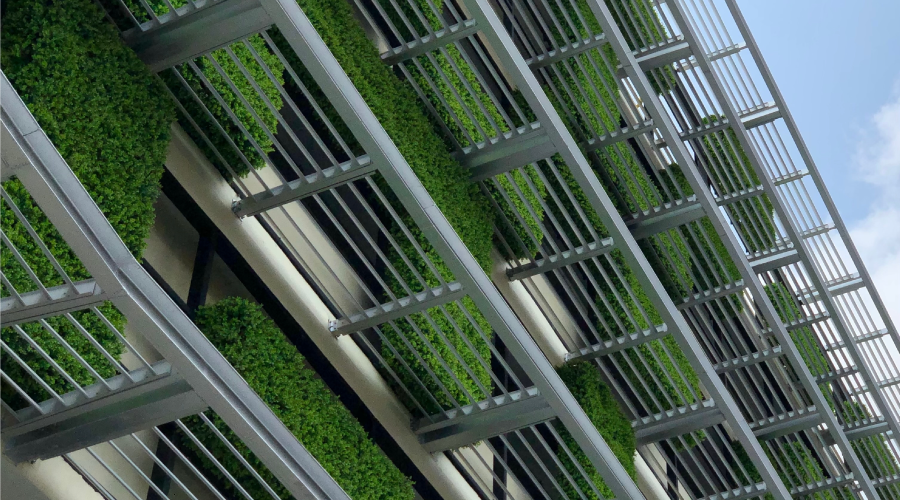Streamlining and Maximizing Submetering Systems
To identify the systems in a facility to submeter, managers need to define, categorize and program groups of systems that align with facility operations and functional spaces. An education facility might choose to submeter lighting, plug loads, heating, cooling, fans, pumps, and computers, while a health care facility might go beyond these systems and components and include submetering of medical air and medical vacuum systems.
One essential consideration in maximizing the benefits of submetering technology in new construction is monitoring a facility's post-construction energy use, whether it is in dollars, kilowatt hours, or Btu. Any differences between the forecast and actual levels of energy use will quickly become apparent, and managers can implement an appropriate plan of action to address the problem.
In some cases, this step requires managers to arrange for the retrocommissioning of the submetered systems by evaluating trend logs, facility activities, and control sequences, and then adjusting to optimize energy use without affecting the facility's operations. In other cases, it might require more investigation into the actual use of the facility by occupants and visitors.
Finally, among the most important issues managers need to consider when implementing submetering technology is managing the data the systems generate. Submetering systems do nothing more than generate data. By themselves, submetering systems do not save one Btu of energy. Any savings from their operation are the result of actions managers take, and those actions are based on information the submetering systems provide.
The more closely and often managers monitor and analyze submetering system data, the better the options will be. And more options means more opportunities to deliver tangible results for their organizations in the form of greater energy efficiency and related savings.
James Piper, P.E., is a national consultant with more than 25 years of experience in facilities maintenance and management issues.
Related Topics:













